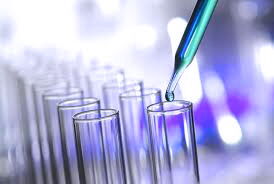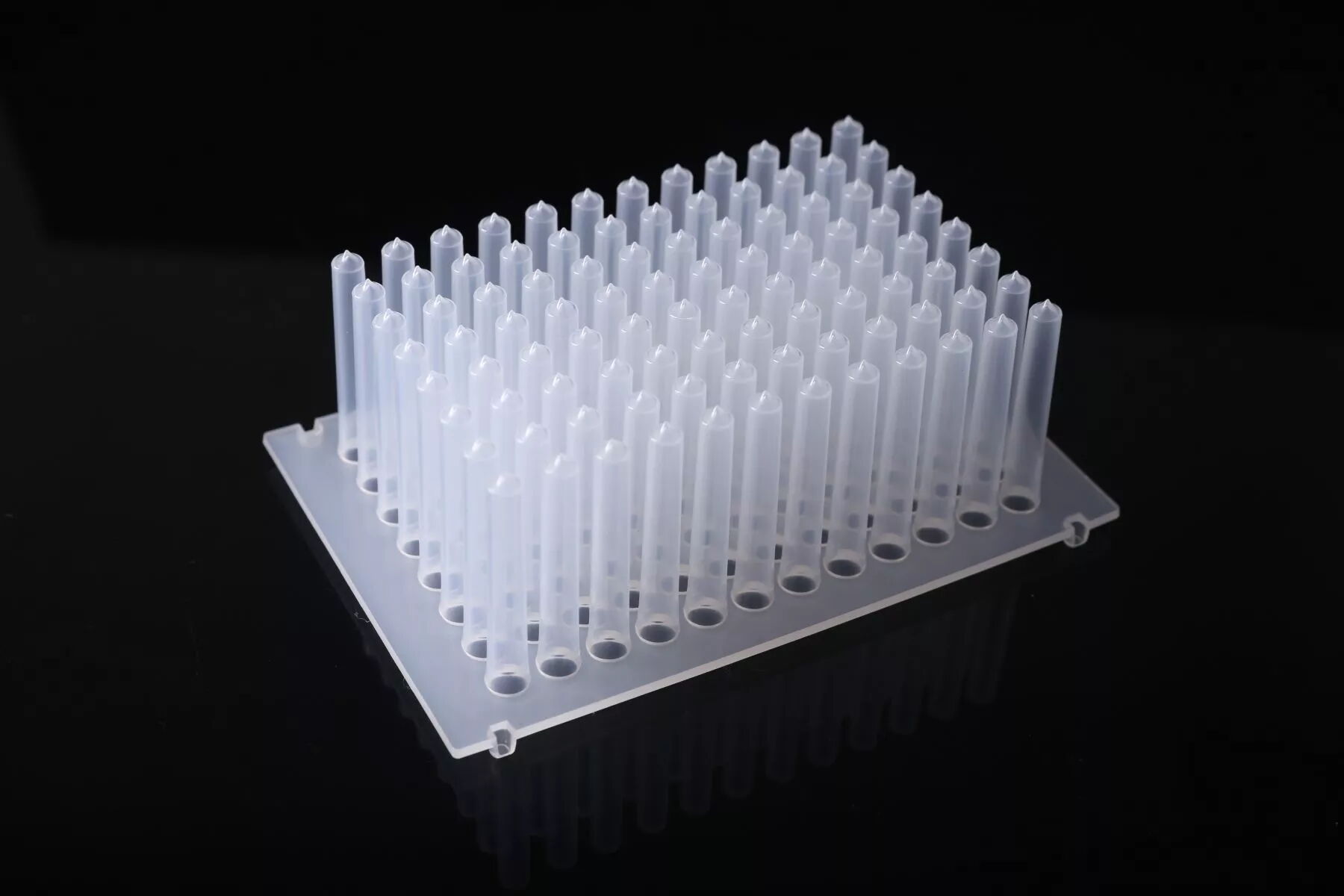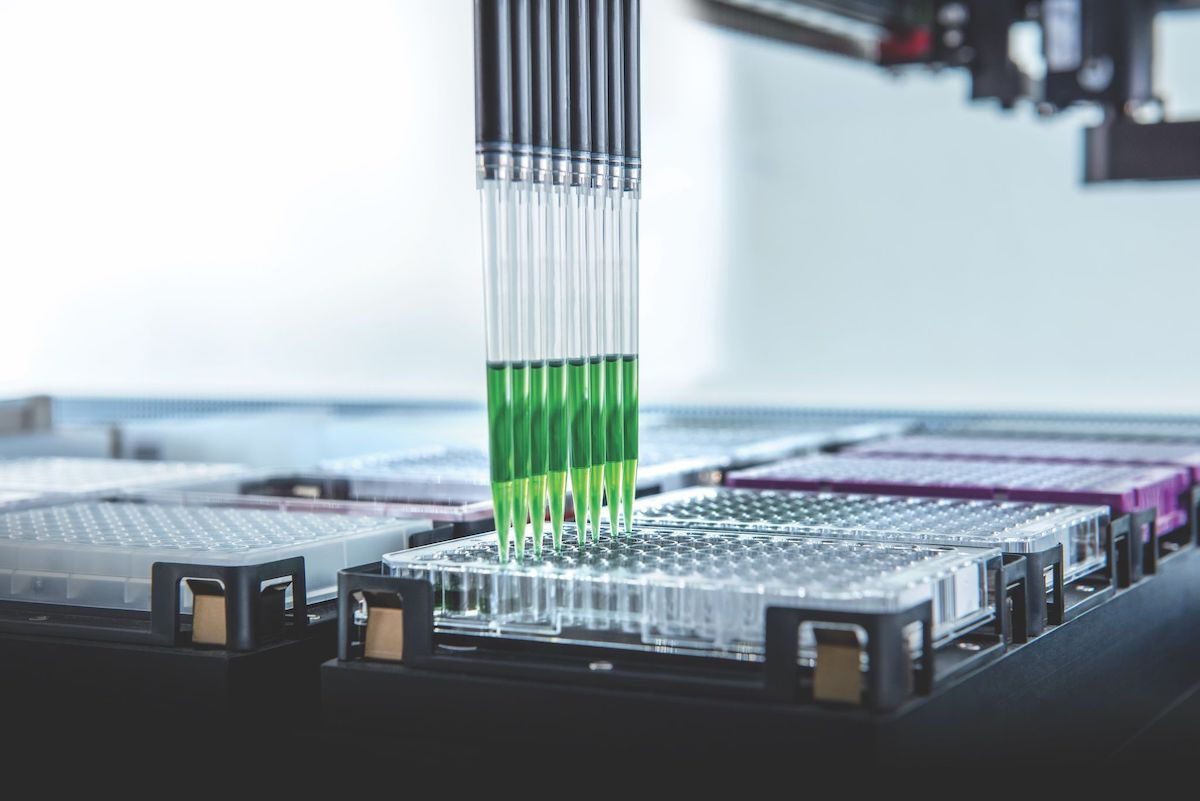Managing Laboratory Costs Through Efficient Pipetting Practices
Dec 29, 2023
Effectively controlling liquid handling costs and maintaining the high performance of pipettes pose challenges in any laboratory setting. While regular calibration services safeguard pipettes from inaccuracies and wear, over time, calibration alone is insufficient to control the costs of pipetting procedures. Therefore, relying solely on calibration to save pipetting costs is far from adequate.
Sources of Pipetting Costs: Several factors contribute to the wear and tear of pipettes, leading to increased costs:
-
Inaccurate or irregularly maintained pipette calibration resulting in measurement errors: The accuracy of pipettes is crucial for liquid handling and ensuring experimental precision. Opting for cheaper, lower-quality pipettes or neglecting regular calibration can result in inaccurate, faulty, or damaged pipettes, leading to imprecise sample delivery and drainage. This significantly impacts the accuracy of experimental results and, in high-demand experiments, may even lead to sample contamination, jeopardizing the entire experiment.
-
Operator skills and proficiency affecting measurement accuracy: The proficiency of the operator in handling pipettes directly influences accuracy during experiments. Providing comprehensive training on pipette usage and related knowledge is necessary to reduce errors and minimize pipetting costs.
-
Mismatched pipette tips: The compatibility of pipette tips is crucial. Mismatches between pipettes and tips, often due to different manufacturers, result in issues such as tip detachment, tight fitting, difficulty in tip removal, and insufficient sample aspiration. These complications not only extend experiment duration but also contribute to operator frustration, affecting the overall experiment and potentially compromising data accuracy.
-
Incompatibility of pipettes with the characteristics of the tested liquid: Selecting pipettes that match the characteristics of the liquid is essential. Pipettes designed for common laboratory reagents may not be suitable for highly acidic or viscous liquids, leading to corrosion or blockages. Therefore, careful consideration is needed when choosing or using pipettes for specific liquids.
Comprehensive Pipette Management Plan: To save liquid handling costs through pipette usage, understanding the sources of cost loss is crucial. Implementing a comprehensive pipette management plan includes:
-
Choosing high-quality pipettes with accuracy guarantees and excellent after-sales support. While the initial purchase cost might be slightly higher, long-term benefits include reduced maintenance costs.
-
Regular maintenance, calibration, and cleaning to ensure pipette performance and accuracy. This includes calibration or self-calibration, routine checks, and inspections before usage.
-
Regular training sessions for laboratory staff on pipette usage and related knowledge. Enhancing operator skills and awareness is essential to reduce errors and prevent unnecessary cost wastage.
-
Using pipettes and tips from the same manufacturer to ensure compatibility. If replacing tips from different manufacturers, thorough testing and compatibility checks are necessary to avoid experiment costs.
-
Familiarity with liquid characteristics and using matching pipettes for operations. Avoiding pipetting mishaps due to liquid mismatches reduces the chances of pipette failure and related costs.
While each potential factor contributing to measurement errors may be small (2-5%), they can compound into significant inaccuracies (10-20%). At μL volumes, where high accuracy is demanded, even small inaccuracies can lead to errors exceeding 50%. This poses the risk of costly rework, reagent wastage, or sample loss.
In conclusion, effective pipetting cost management goes beyond calibration, involving a holistic approach that includes quality pipette selection, regular maintenance, operator training, compatibility assurance, and adherence to liquid characteristics. This comprehensive strategy ensures precise and cost-effective liquid handling in the laboratory.
Previous: Top Ten Techniques for Effective Pipetting
Next: Why Choose a Pipette with a Capacity Close to the Target Volume?



